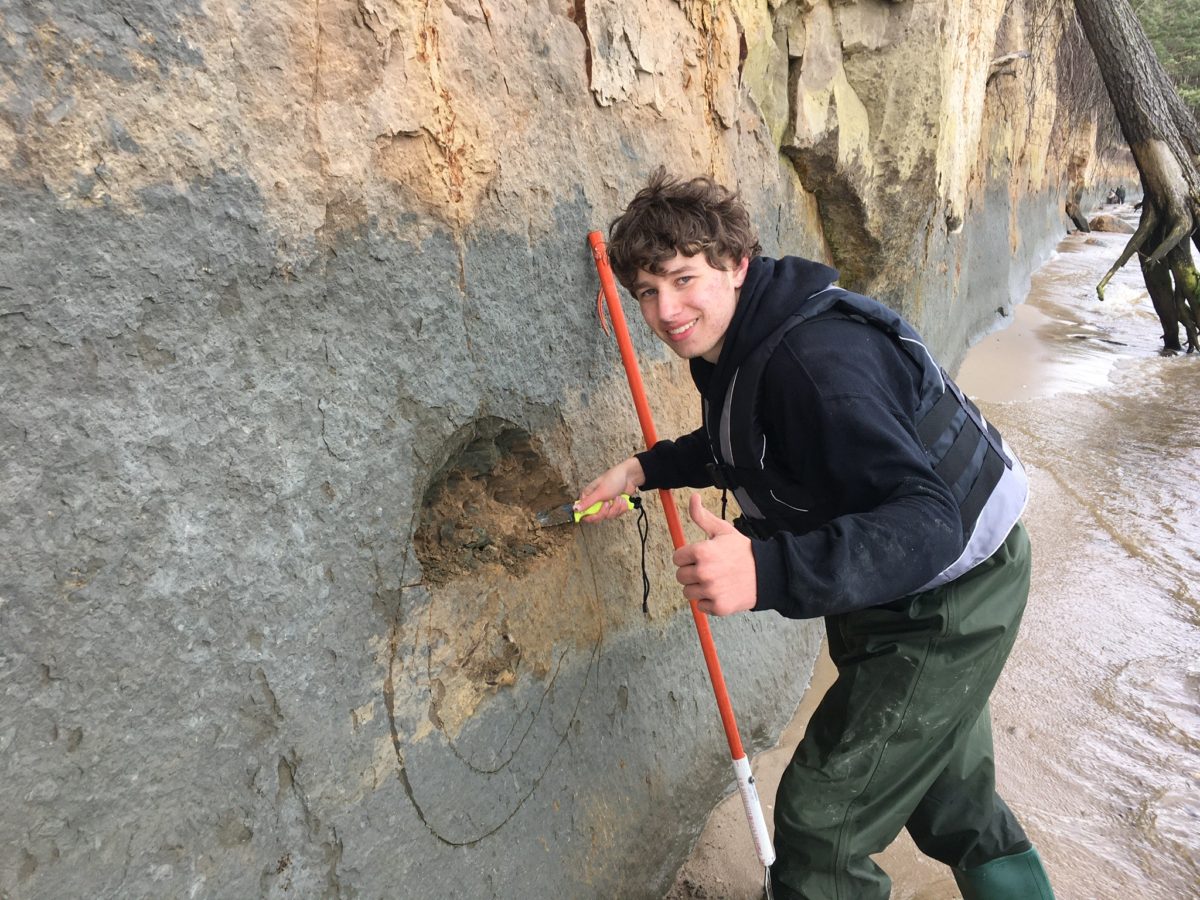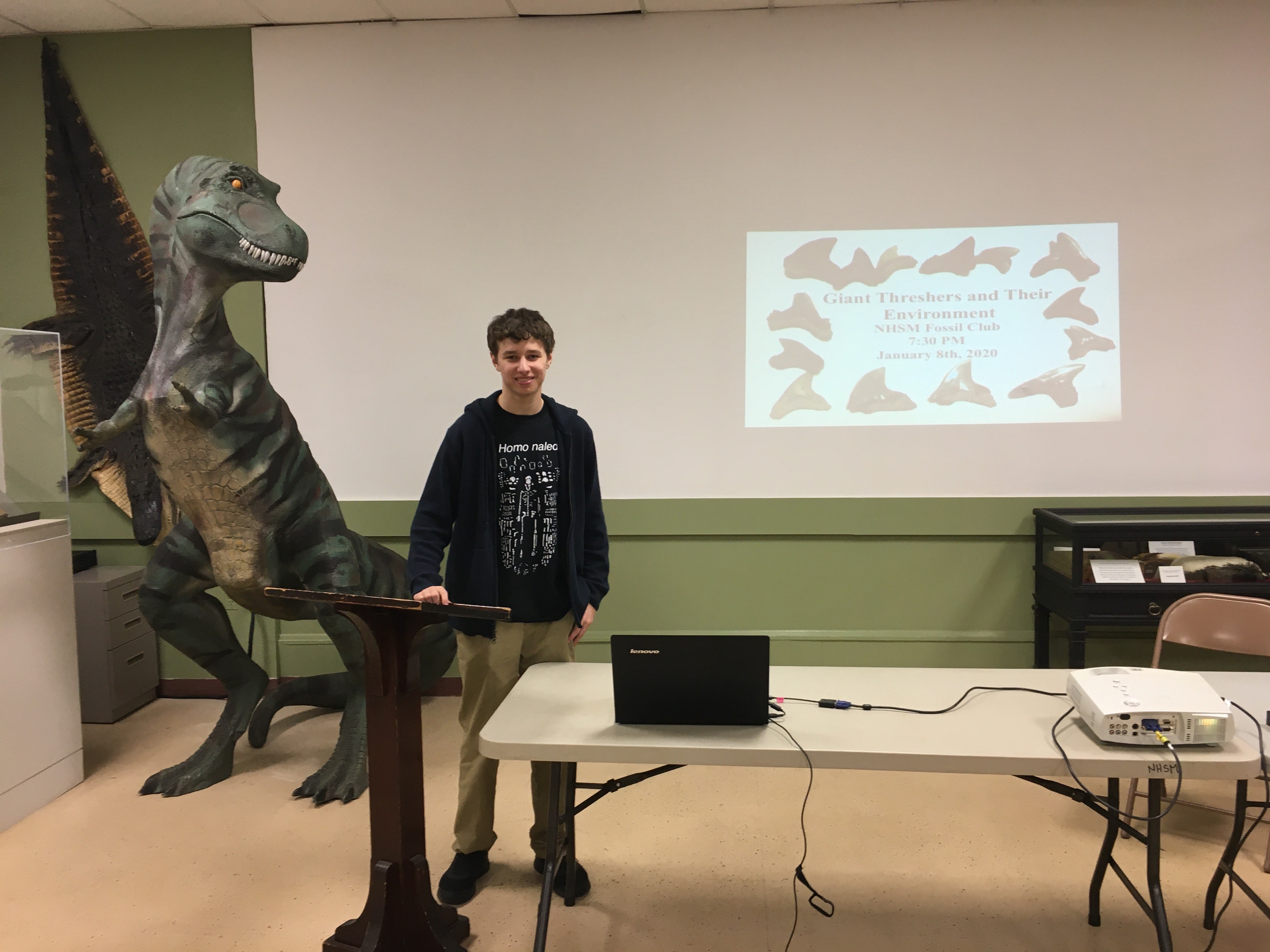Have you ever wondered what your backyard looked like one hundred years ago? One thousand? One million? The ground we walk upon has stories to tell for those who know how to read it. I have been fascinated with how the natural world came to be for as long as I can remember. Like many children, I was fascinated with the critters scurrying beneath rocks and awe-struck by the dinosaurs on the television screen. Chemical reactions would thrill me and the stars in the sky allowed my imagination to run rampant. Human history would captivate me too, our ancient forebearers had a wonderfully mysterious aura about them.
As I grew older, I began to wonder what my place in this world would be. I knew I would be a scientist; that much was sure. However, deciding which one turned out to be a bit more difficult. I hoped eventually I would come to some sort of revelation. This revelation did happen, and it did so in middle school. I went to the same school my mother did and her earth science teacher still occasionally led fossil hunting field trips for students! I signed up and never looked back.

Finding a fossil rouses different feelings in different people. For me it is at once thrilling and humbling, to be the first living thing to lay eyes upon an organism which has been buried for hundreds of millions of years. It allows one to see whole thriving ecosystems, teeming with long-gone life. At first, I couldn’t believe how easy it was to find fossils. Almost anyone can do it! Many sites can be found on the internet, many more can be learned from other fossil hunters, and you can find new ones armed with just a geologic map and Google Earth!
I ended up diving head first into palaeontology and taking a course on human origins which solidified my idea of what I wanted to do. While human evolutionary fossils are not found in Maryland, fossils are extremely common. It is a great activity to do in a time of social distancing. I am now part of many clubs and societies, one of my favorites being the Natural History Society of Maryland which has an amazing fossil club. Before COVID-19, it held the most field trips of any club I’ve been a part of ,and it continues to be a group where information flows freely. I highly recommend it. I have also started volunteering with the Calvert Marine Museum and started an educational facebook page. I joined the Fossil Forum where I learned how to identify hundreds of fossil species and eventually became an admin on their Facebook group. If you are at all interested, I encourage you to join the NHSM fossil club, go for a fossil hunt, and learn about the spectacular world preserved beneath your feet!


